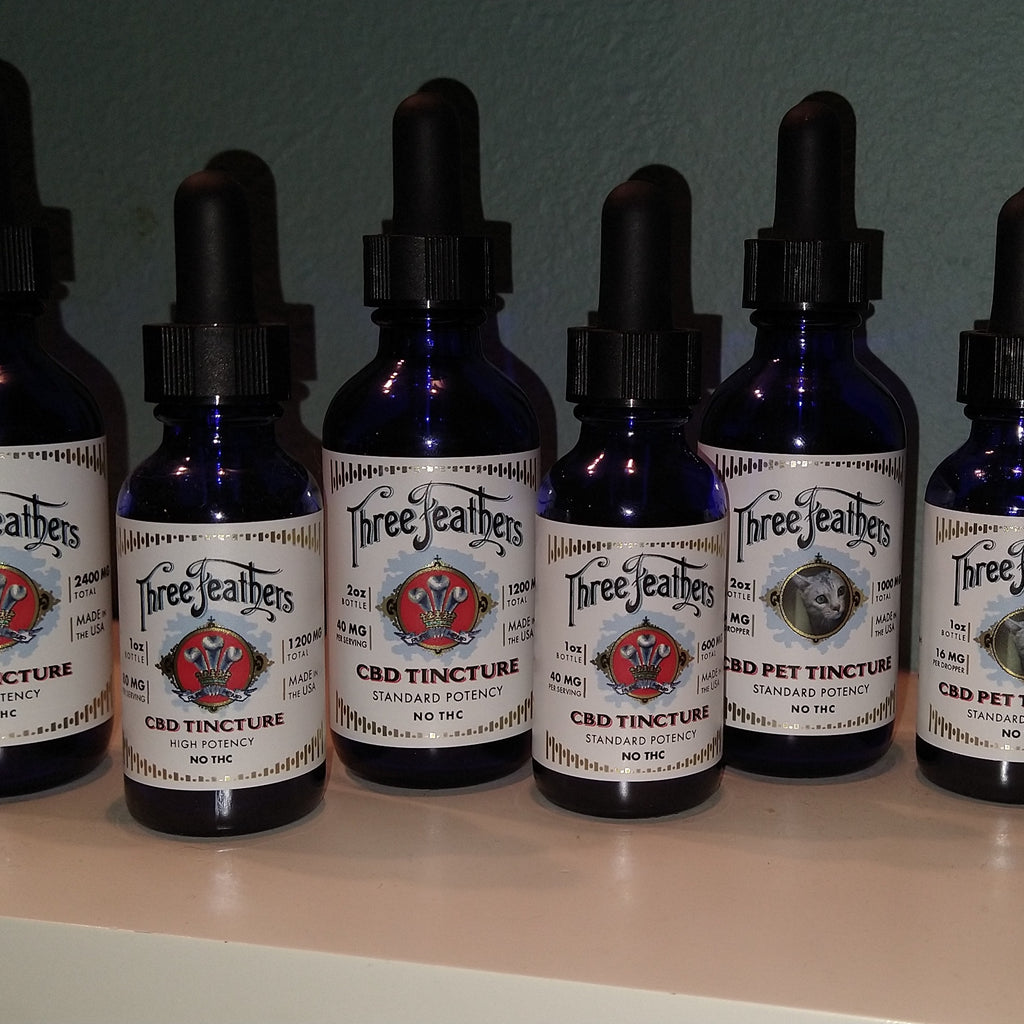Why CBD and Skin? The Science of Skincare
THE SCIENCE OF SKINCARE /
Why CBD and Skin?
The benefits of using CBD in skincare products are often understated. We're clearing the air about why we think CBD is a must-have in all topical products.
Antioxidant
CBD is a more powerful antioxidant than Vitamin C, E, or A (9). This antioxidant property of CBD (and other cannabinoids) fights free radical damage and stimulates recovery from oxidative stress (9). Without antioxidants as a part of your skin care routine, oxidative stress can break down collagen, hinder skin’s natural repair process, and trigger inflammation. You’ll often see the effect of these stressors as fine lines, wrinkles, loose skin, and even acne breakouts.
Anti-inflammatory
Applied topically, CBD binds to a special set of receptors in the skin known as TRPV-1 receptors, where CBD can reduce feelings of pain, heat, and itch (3456). In this way, CBD and other cannabinoids have significant potential a novel therapeutic agents for health and disease (68).
Anti-aging
Applying CBD topically induces the endocannabinoid system to regulate the various dermal processes for more radiant, moisturized skin! (12356) CBD protects the skin from free radical damage such as UV rays, environmental pollutants, and toxins that contribute to the visible signs of aging. Inflammation impedes the skin’s natural regenerative process. By reducing inflammation and free radical damage CBD allows the skin to repair itself and correct visible signs of aging.
Acne
Acne is characterized by the overproduction of sebum, an oily substance the body produces to protect the outer layers of the skin (1567). CBD helps control the overproduction of lipids (including sebum) in skin cells, which makes it a preventative for acne. In addition CBD shows potential as an antibacterial agent (1011), which means CBD can reduce the degree to which bacteria aggravate the oily region of the skin’s pores (1256).
Key Takeaways
The skin is the largest and most assaulted organ of the body. Fortunately, cannabinoid receptors are located throughout the skin and body. These receptors are part of our body’s endocannabinoid system, which is profoundly involved in the the homeostasis of our skin. When we use a cannabinoid, such as CBD on our skin it induces the endocannabinoid system to respond. These responses are offer functional therapeutic support to a range of conditions such as inflammation, redness relief, and protection from environmental pollutants-- all while soothing aches and pains!
CITATIONS
- Oláh, A., Tóth, B. I., Borbíró, I., Sugawara, K., Szöllõsi, A. G., Czifra, G., . . . Bíró, T. (2014). Cannabidiol exerts sebostatic and anti-inflammatory effects on human sebocytes. The Journal of Clinical Investigation,124(9), 3713-3724. Retrieved from https://www.jci.org/
articles/view/64628 . - Pucci, M., Rapino, C., Francesco, A. D., Dainese, E., D'addario, C., & Maccarrone, M. (2013). Epigenetic control of skin differentiation genes by phytocannabinoids. British Pharmacological Society. Retrieved from https://bpspubs.
onlinelibrary.wiley.com/doi/ .full/10.1111/bph.12309 - Russo, E. B. (2008). Cannabinoids in the management of difficult to treat pain. Therapeutics and Clinical Risk Management,4(1), 245-259. Retrieved from https://www.ncbi.nlm.nih.
gov/pmc/articles/PMC2503660/ . - Nagarkatti, P., Pandey, R., Rieder, S., Hegde, V., & Nagarkatti, M. (2009). Cannabinoids as novel anti-inflammatory drugs. Future Med Chem,1(7), 1333-1349. Retrieved from https://www.ncbi.nlm.nih.
gov/pmc/articles/PMC2828614/ .pdf/nihms155268.pdf - Tóth, B. I., Dobrosi, N., Dajnoki, A., Czifra, G., Oláh, A., Szöllosi, A. G., . . . Bíró, T. (2011). Endocannabinoids Modulate Human Epidermal Keratinocyte Proliferation and Survival via the SEquential Engagement of Cannabinoid Receptor-1 and Transient Receptor Potential Vanilloid-1. Journal of Investigative Dermatology,131, 1095-1104. Retrieved from https://www.jidonline.
org/article/S0022-202X(15) .35276-3/fulltext - Bíró, T., Tóth, B. I., Haskó, G., Paus, R., & Pacher, P. (2009). The endocannabinoid system of the skin in health and disease: Novel perspectives and therapeutic opportunities. Trends Pharmacol Sci.,30(8), 411-420. Retrieved from https://www.ncbi.nlm.nih.
gov/pmc/articles/PMC2757311/ . - Dréno, B. (2017). What is new in the pathophysiology of acne, an overview. Journal of the European Academy of Dermatology and Venereology,31(S5). Retrieved from https://onlinelibrary.
wiley.com/doi/full/10.1111/ .jdv.14374 - Expert Committee on Drug Dependence. (2017). Cannabidiol (CBD) Pre-Review Report. Expert Committee on Drug Dependence Thirty-ninth Meeting. Retrieved from https://www.who.int/
medicines/access/controlled- .substances/5.2_CBD.pdf - Hampson, A. J., Grimaldi, M., Axelrod, J., & Wink, D. (1998). Cannabidiol and (-)delta-9-
tetrahydrocannabinol are neuroprotective antioxidants. PNAS,95, 8268-8273. Retrieved from https://www.pnas.org/ content/pnas/95/14/8268.full. .pdf - Appendino, G., Gibbons, S., Giana, A., Pagani, A., Grassi, G., Stavri, M., . . . Rahman, M. (2008). Antibacterial Cannabinoids from Cannabis Sativa: A structure-Activity Study. Journal of Natural Products,71(8), 1427-1430. Retrieved from https://pubs.acs.org/doi/
10.1021/np8002673 . - Ali, E. M., Almagboul, A. Z., Khogali, S. M., & Gergeir, U. M. (2012). Antimicrobial Activity of Cannabis Sativa L. Chinese MEdicine,3. Retrieved from https://file.scirp.org/
Html/10-8801078_18123.htm .












